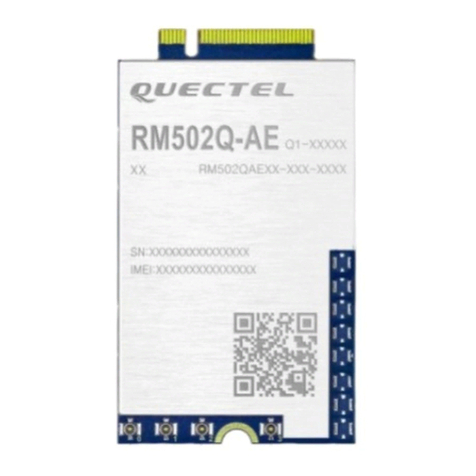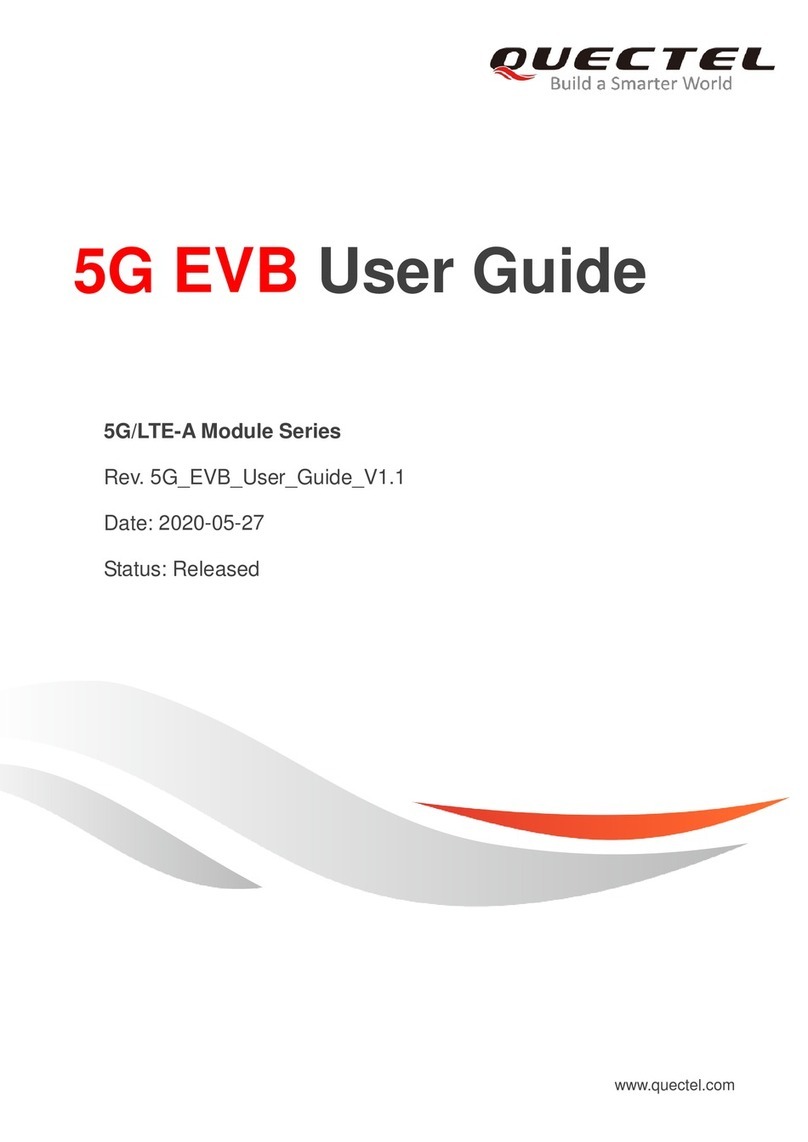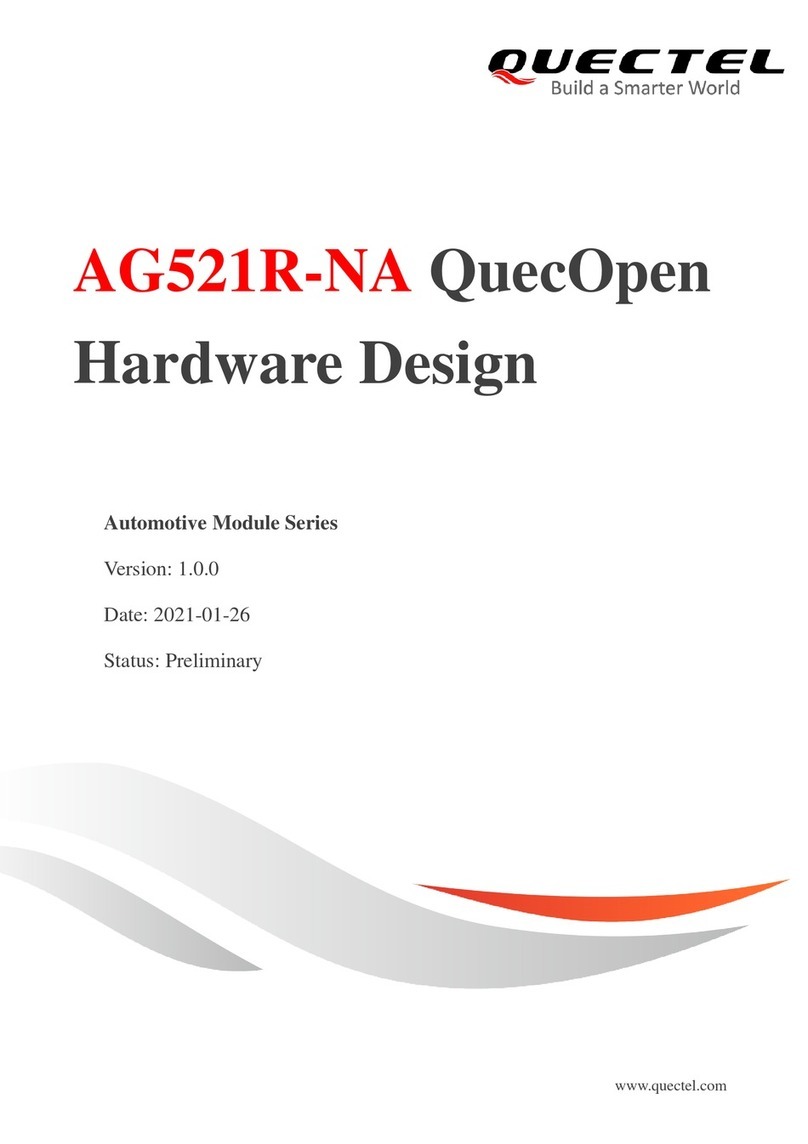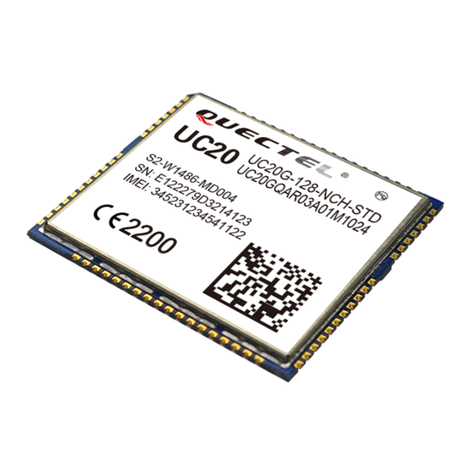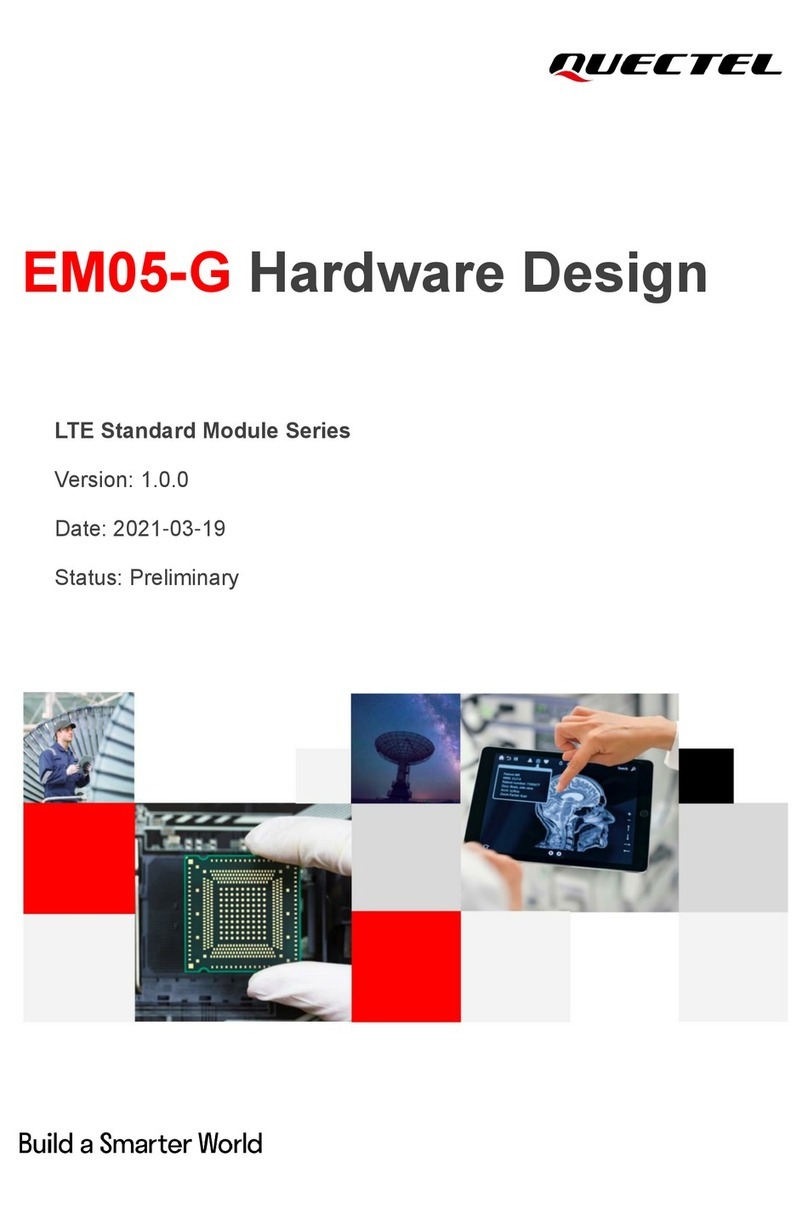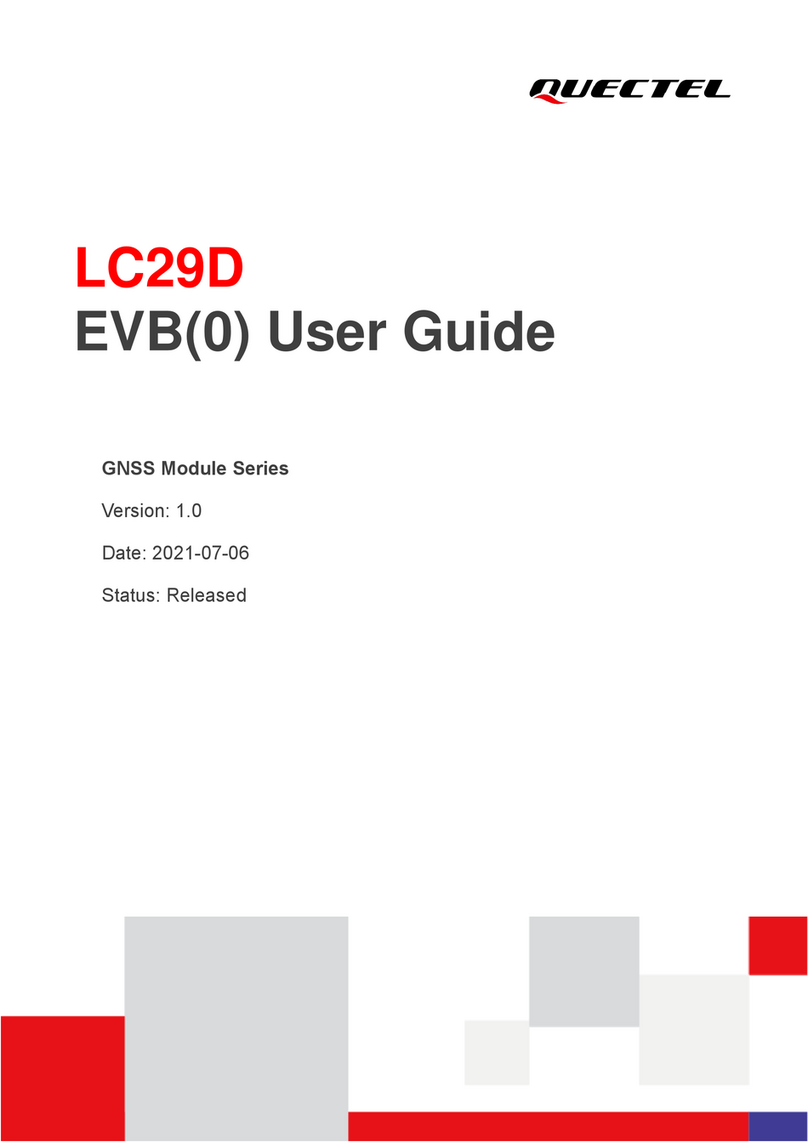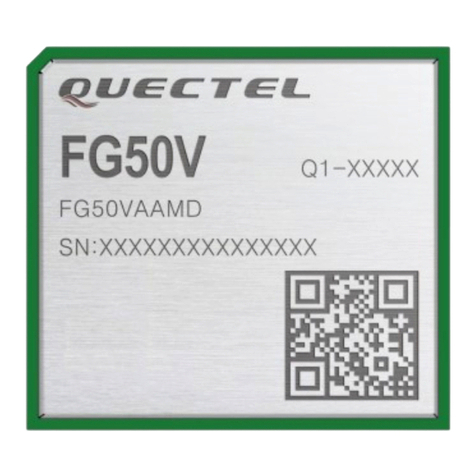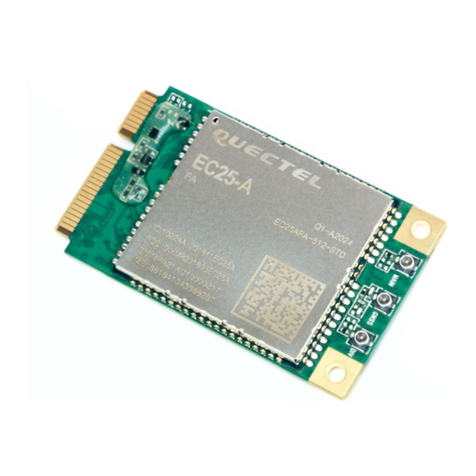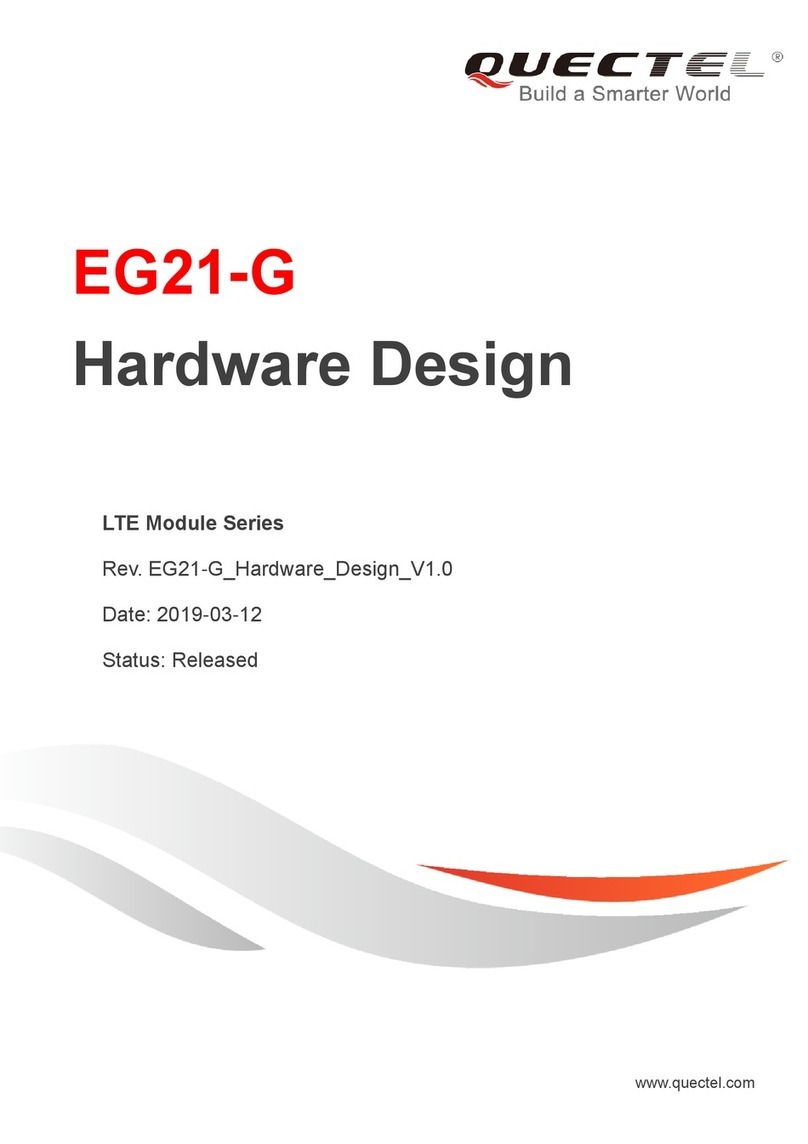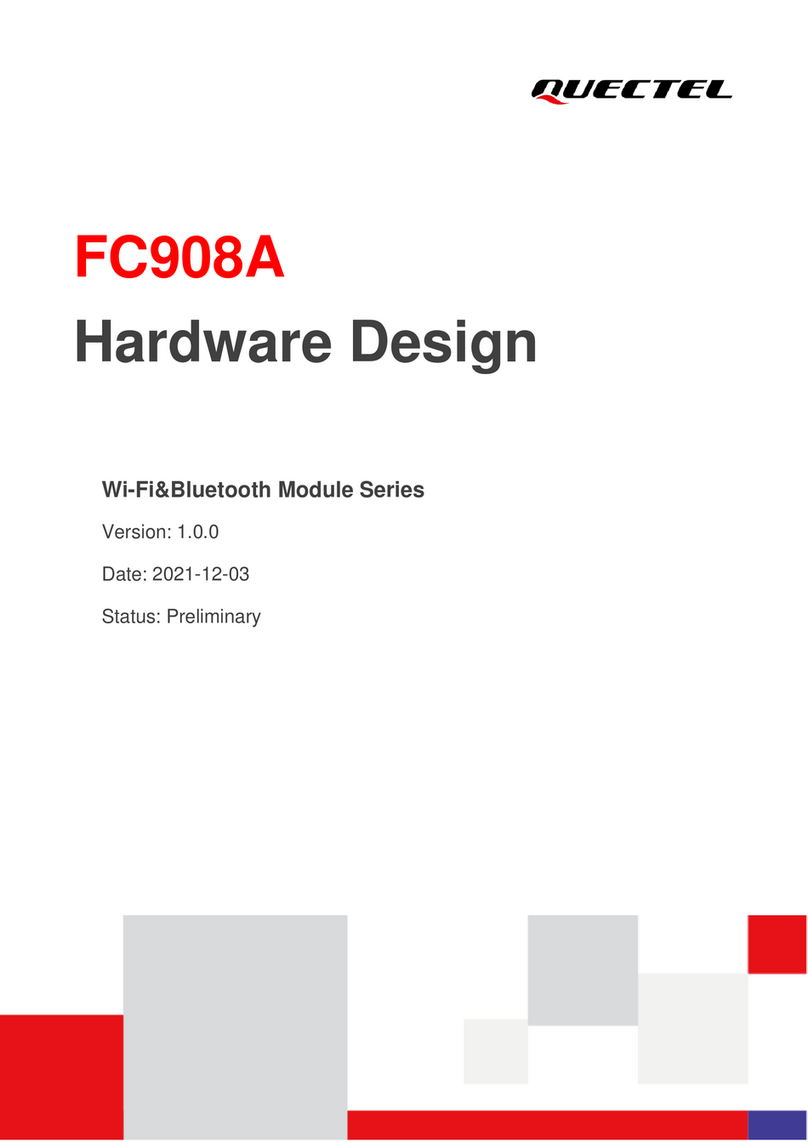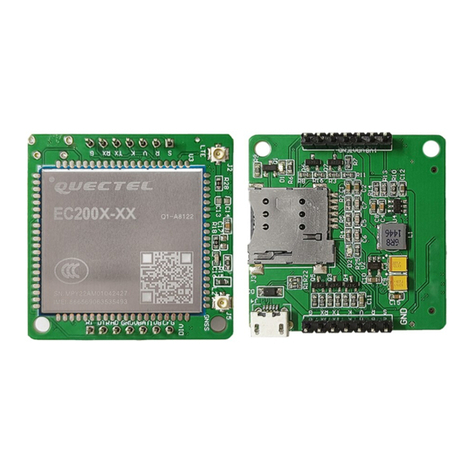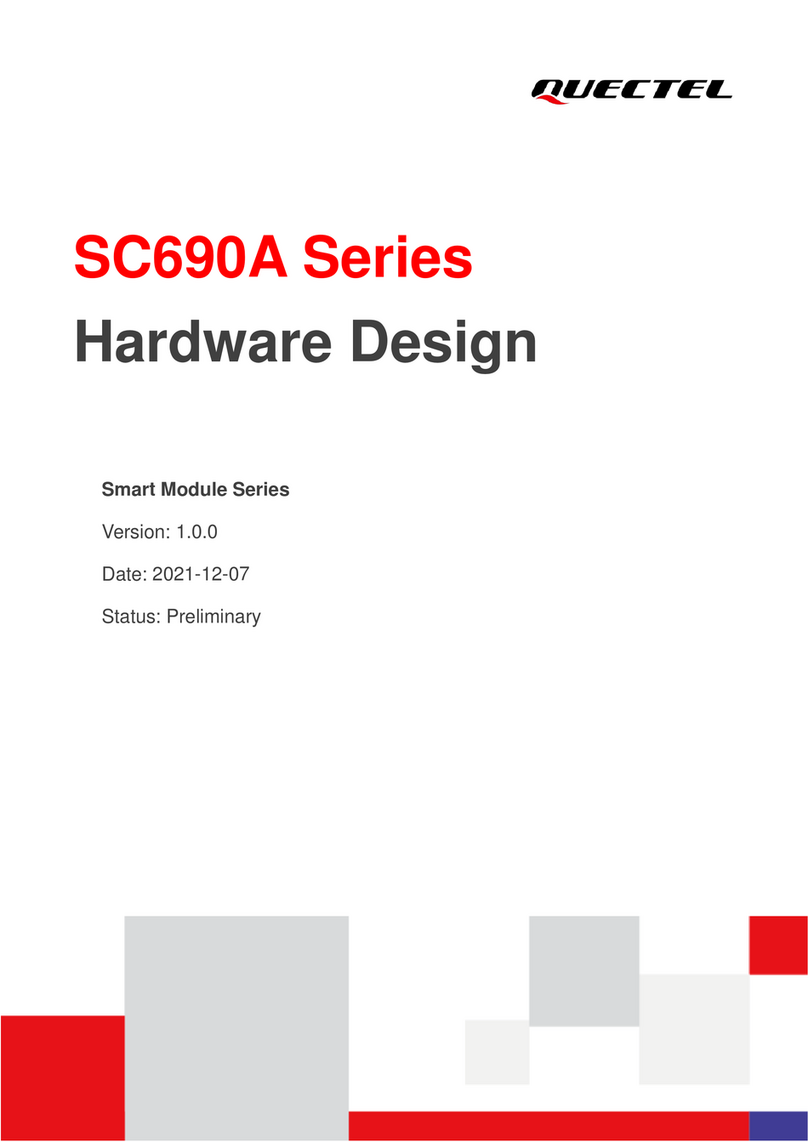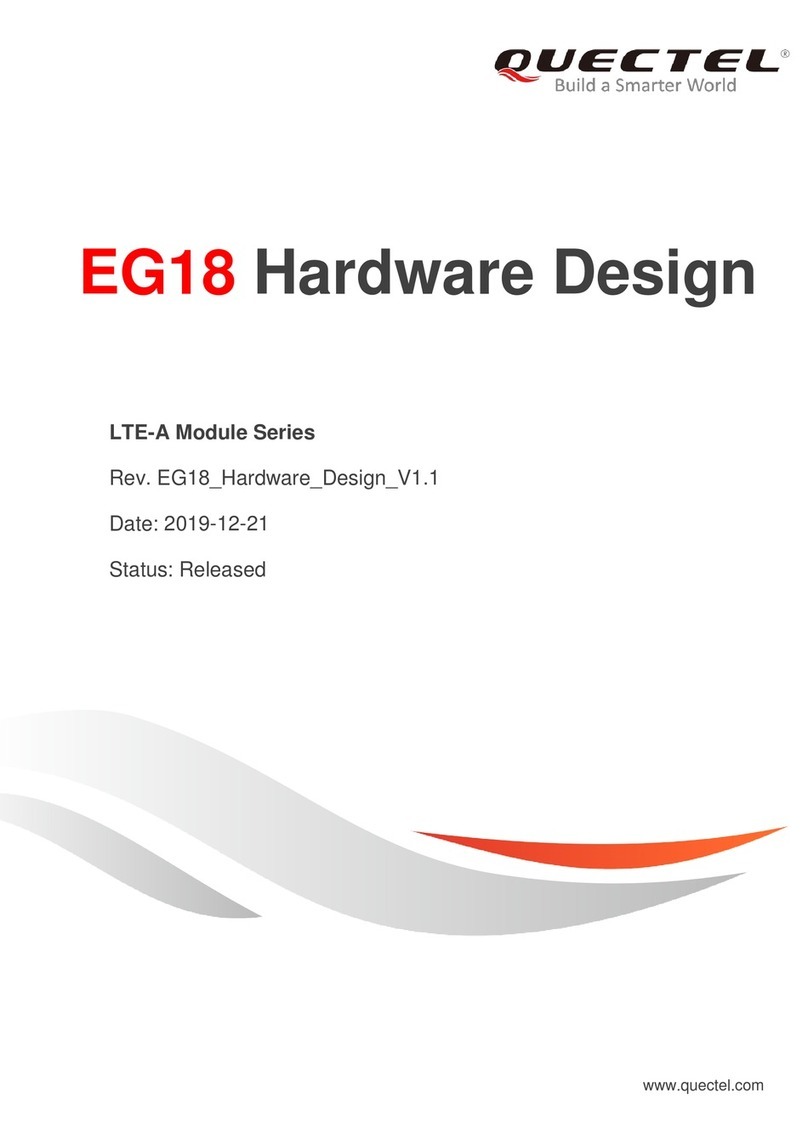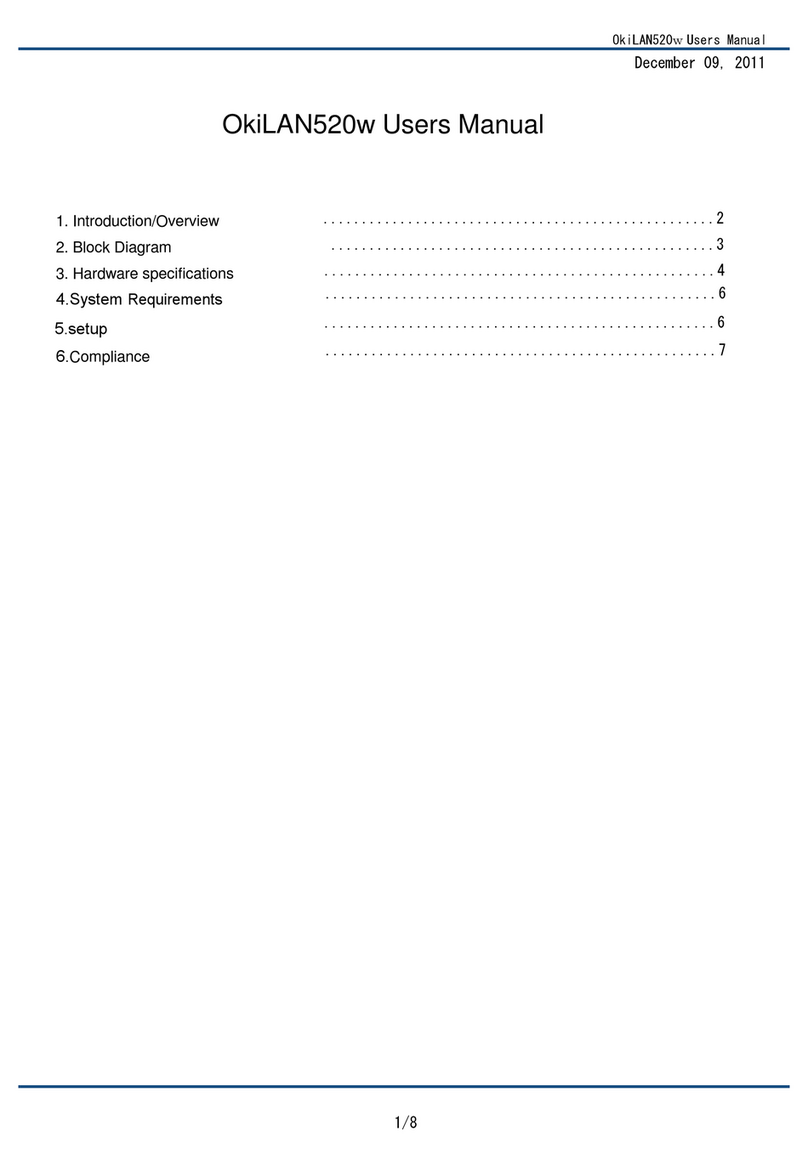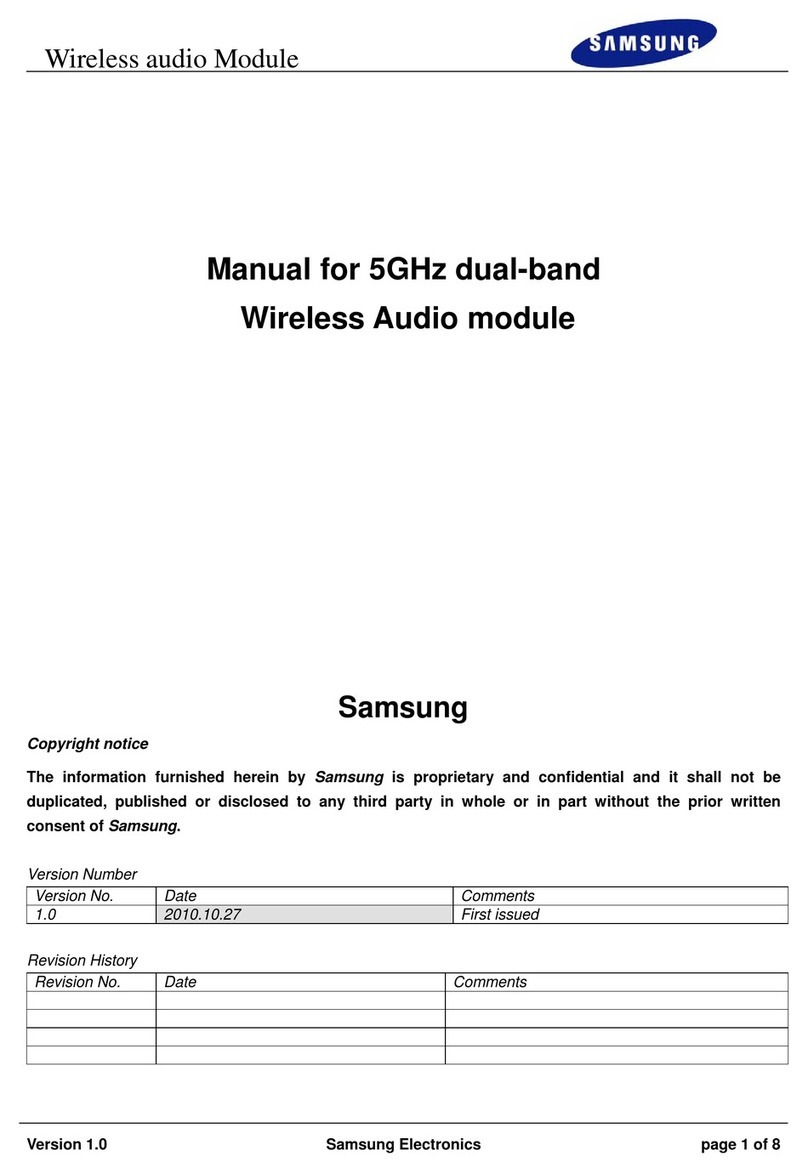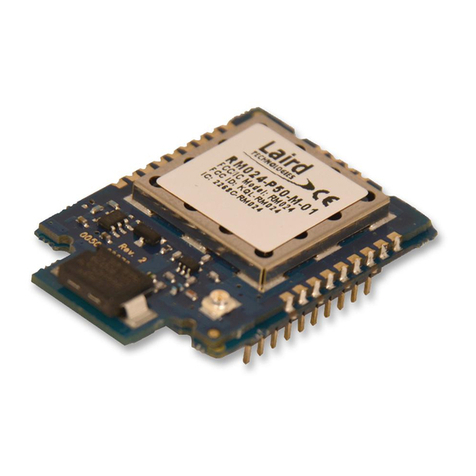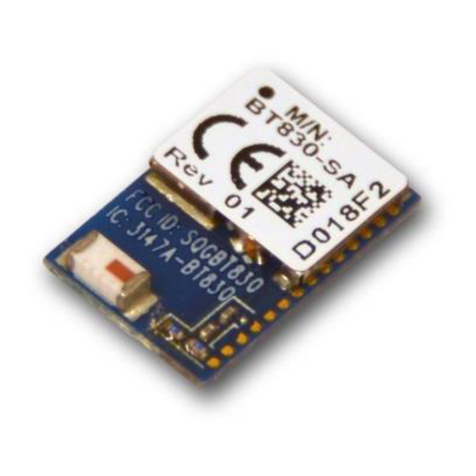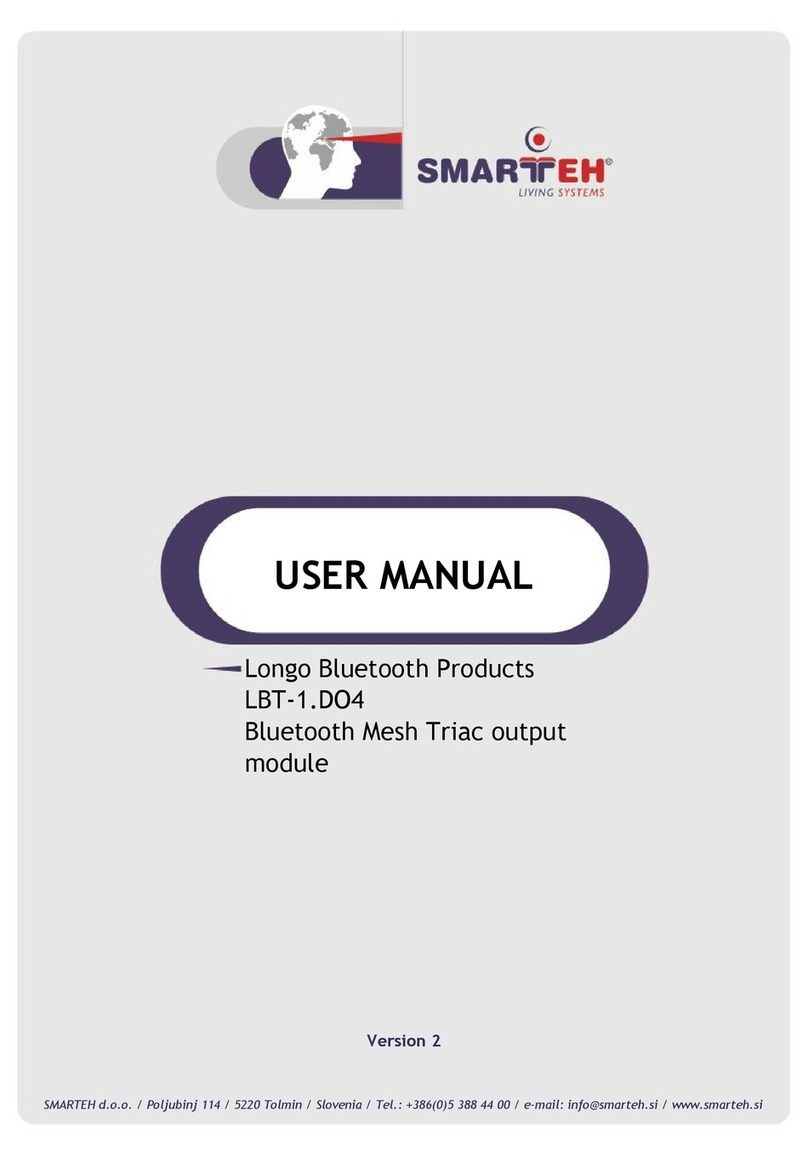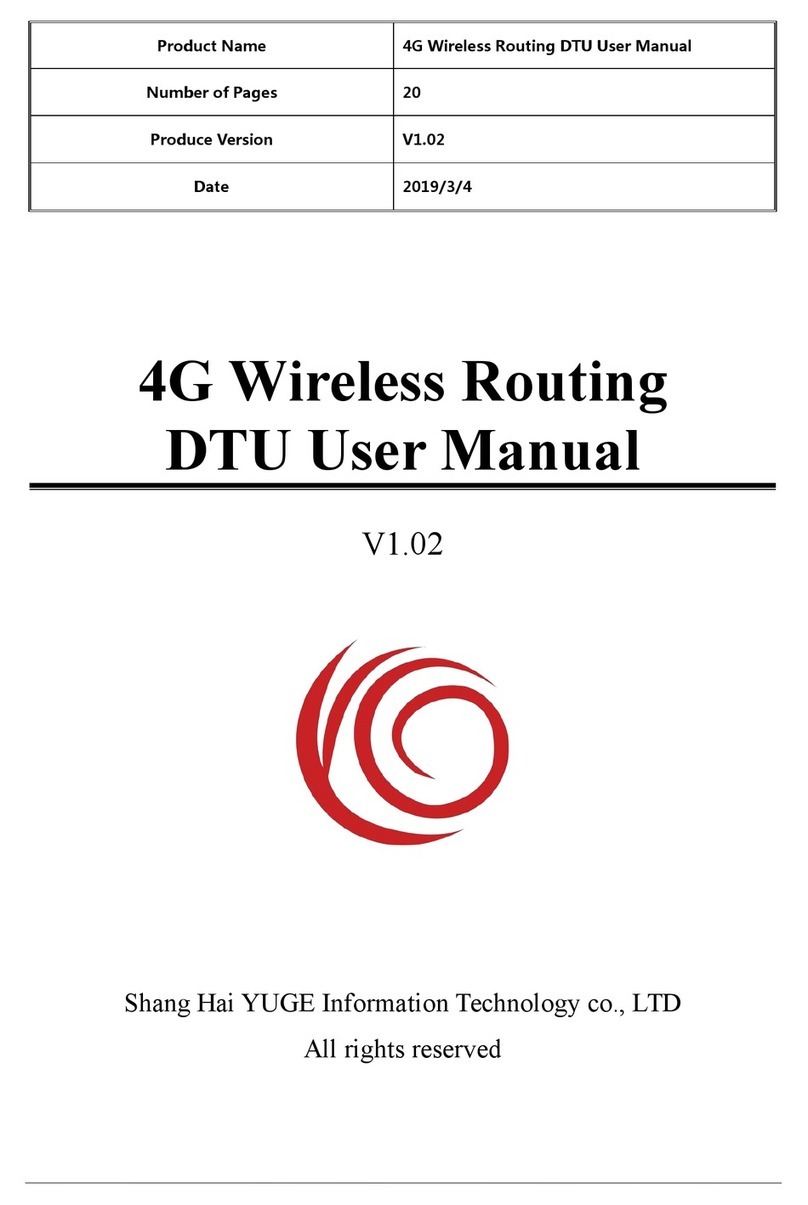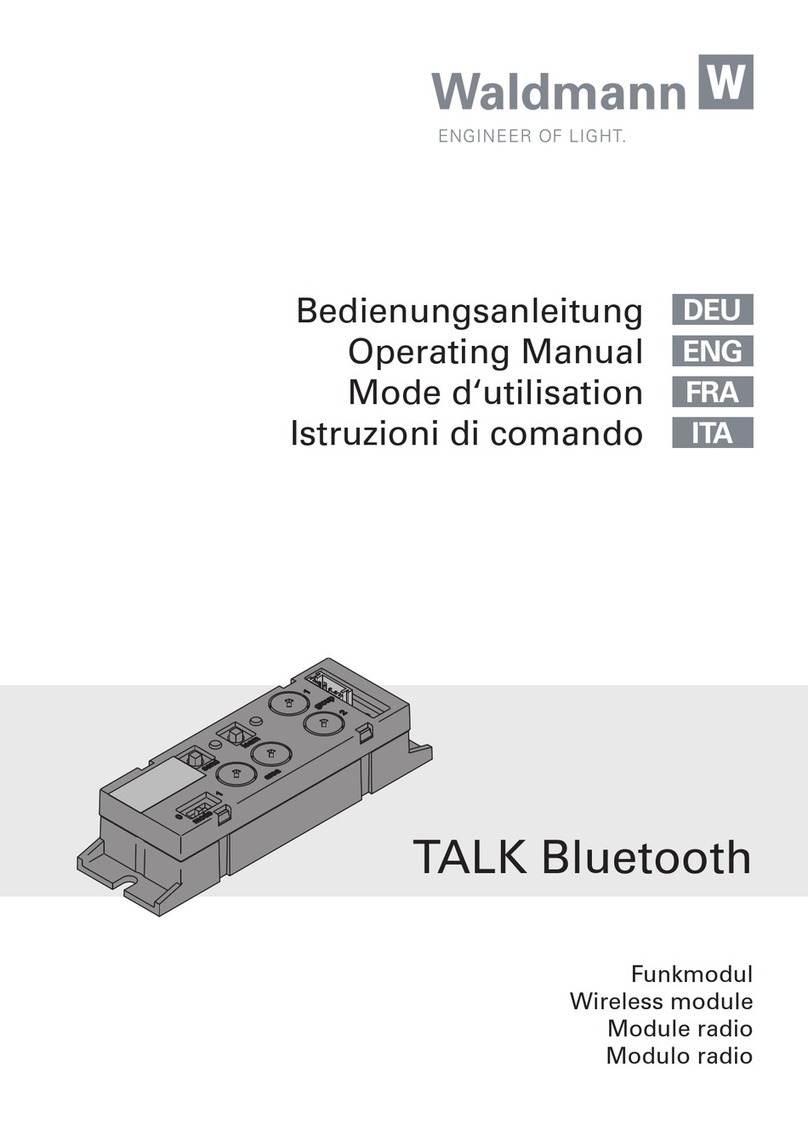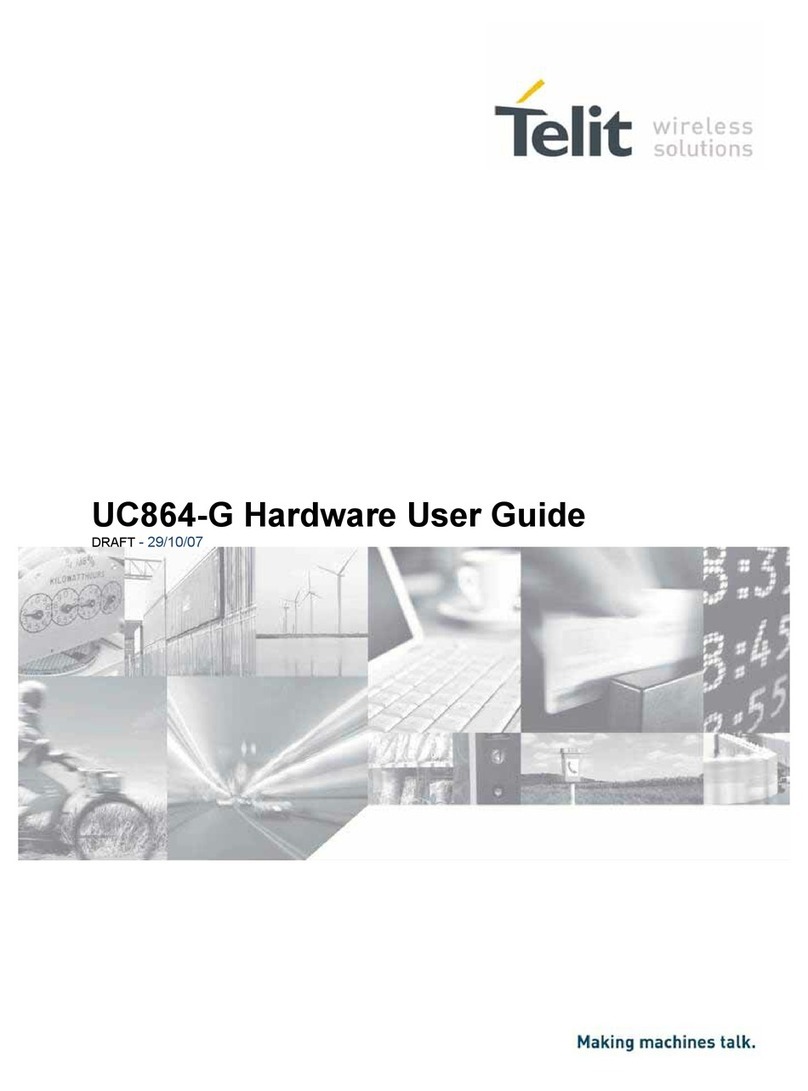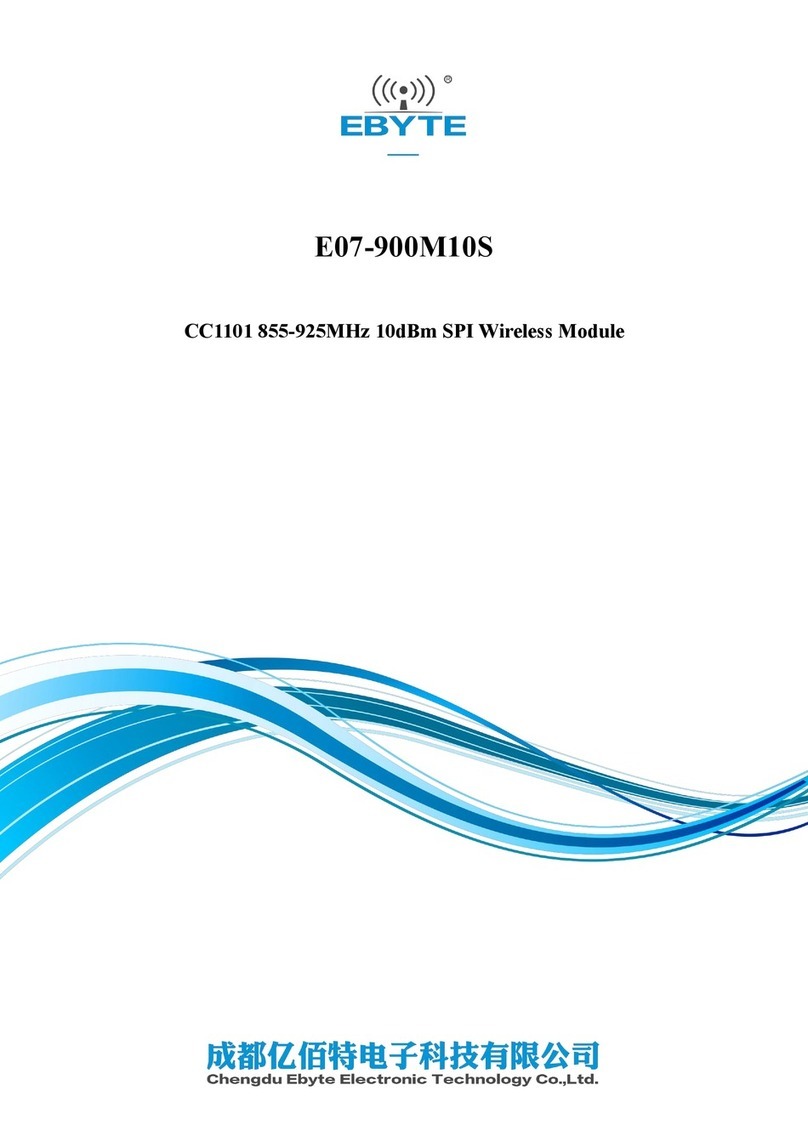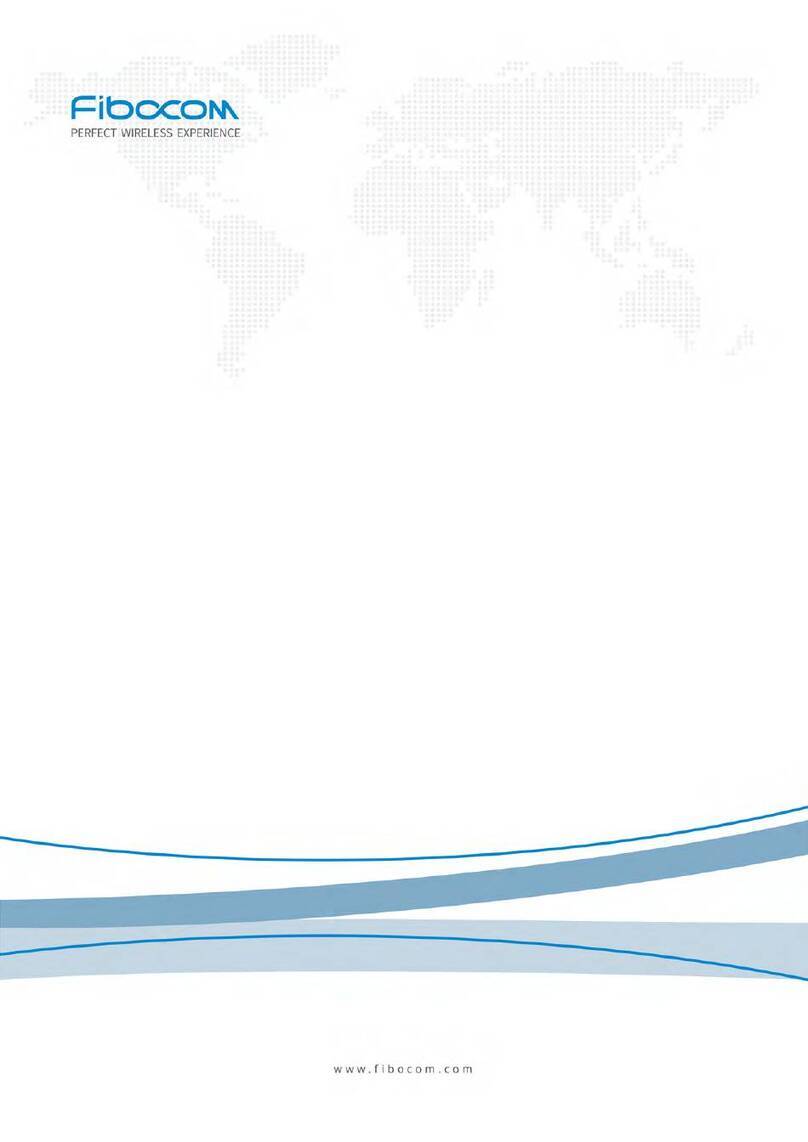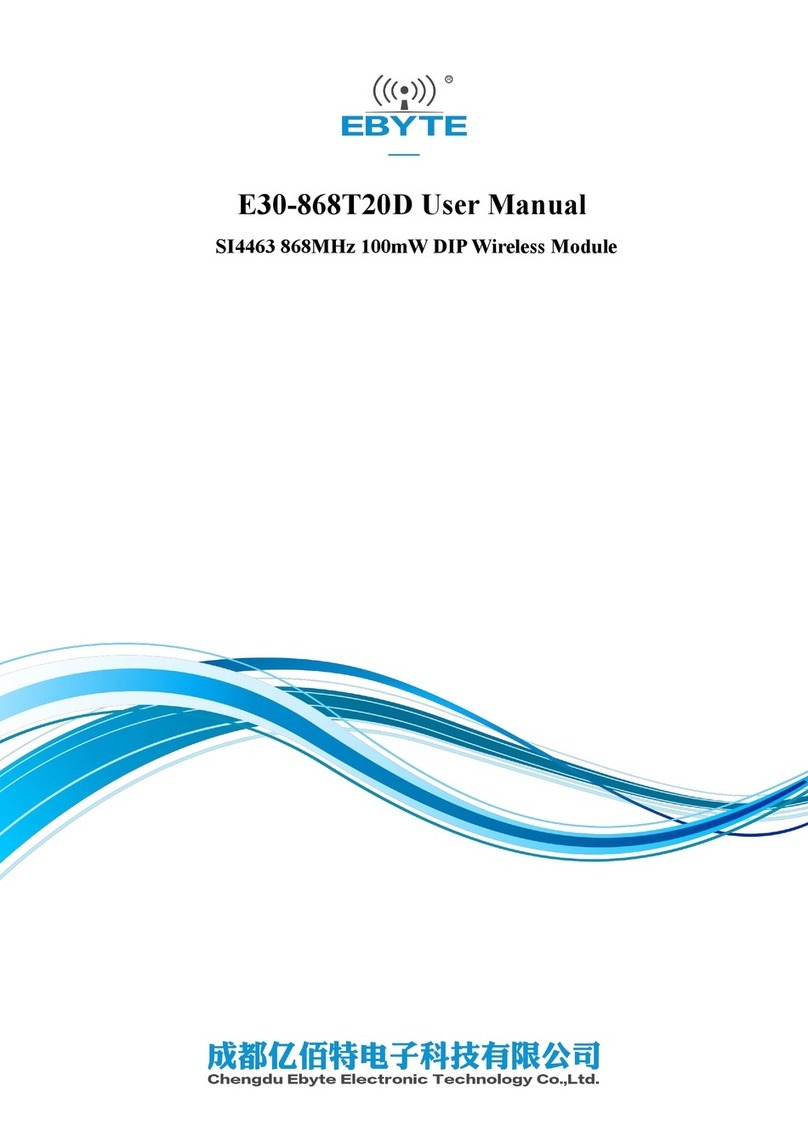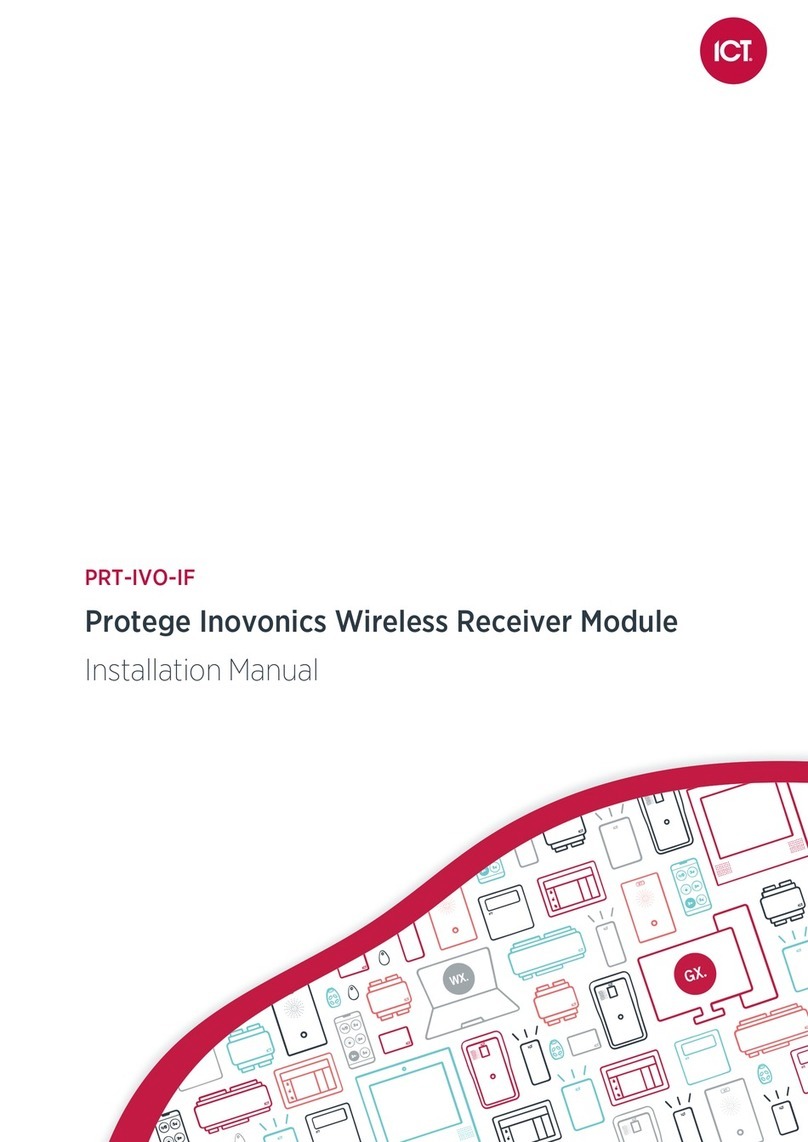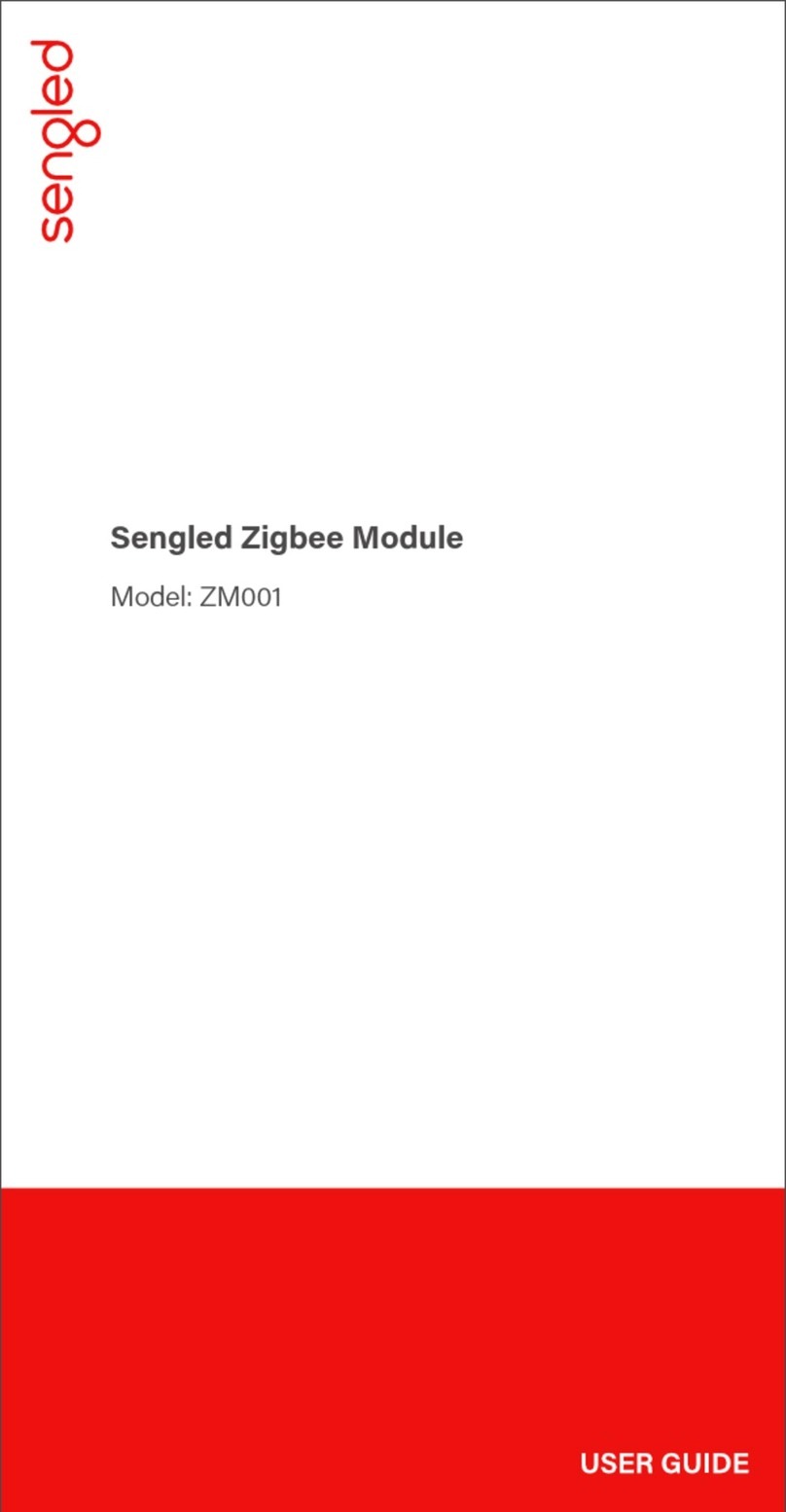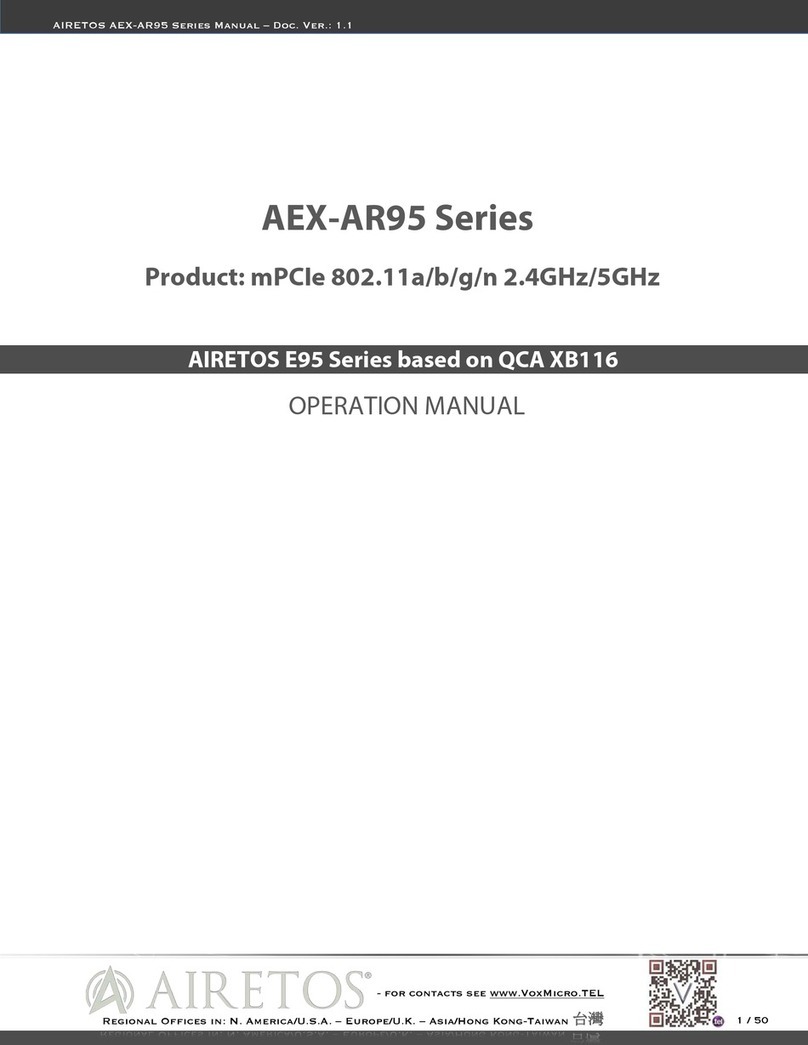
Smart LTE Module Series
SC66 Hardware Design
SC66_Hardware_Design 4 / 139
3.18. LCM Interfaces..........................................................................................................................69
3.19. Touch Panel Interfaces .............................................................................................................74
3.20. Camera Interfaces.....................................................................................................................75
3.20.1. Design Considerations...................................................................................................81
3.21. Sensor Interfaces......................................................................................................................83
3.22. Audio Interfaces........................................................................................................................84
3.22.1. Reference Circuit Design for Microphone Interface.......................................................85
3.22.2. Reference Circuit Design for Earpiece Interface...........................................................86
3.22.3. Reference Circuit Design for Headphone Interface.......................................................87
3.22.4. Reference Circuit Design for Loudspeaker Interface.....................................................87
3.22.5. Audio Interfaces Design Considerations........................................................................87
3.23. Emergency Download Interface................................................................................................88
4Wi-Fi and BT.......................................................................................................................................89
4.1. Wi-Fi Overview..........................................................................................................................89
4.1.1. Wi-Fi Performance.........................................................................................................89
4.1.2. Wi-Fi MIMO Design Guidelines......................................................................................91
4.2. BT Overview..............................................................................................................................91
4.2.1. BT Performance.............................................................................................................92
5GNSS...................................................................................................................................................93
5.1. GNSS Performance ..................................................................................................................93
5.2. GNSS RF Design Guidelines....................................................................................................94
6Antenna Interfaces.............................................................................................................................95
6.1. Main/Rx-diversityAntenna Interfaces.......................................................................................95
6.1.1. Main and Rx-diversityAntenna Interfaces Reference Design.......................................99
6.1.2. Reference Design of RF Layout.....................................................................................99
6.2. Wi-Fi/BTAntenna Interface.....................................................................................................101
6.3. GNSSAntenna Interface.........................................................................................................103
6.3.1. Recommended Circuit for Passive Antenna................................................................104
6.3.2. Recommended Circuit for Active Antenna...................................................................104
6.4. Antenna Installation.................................................................................................................106
6.4.1. Antenna Requirements ................................................................................................106
6.4.2. Recommended RF Connector for Antenna Installation...............................................107
7Electrical, Reliability and Radio Characteristics..........................................................................109
7.1. Absolute Maximum Ratings....................................................................................................109
7.2. Power Supply Ratings.............................................................................................................109
7.3. Operation and Storage Temperatures.....................................................................................110
7.4. Current Consumption...............................................................................................................111
7.5. RF Output Power ....................................................................................................................120
7.6. RF Receiving Sensitivity.........................................................................................................124
7.7. Electrostatic Discharge...........................................................................................................128
8Mechanical Dimensions..................................................................................................................129
8.1. Mechanical Dimensions of the Module...................................................................................129
